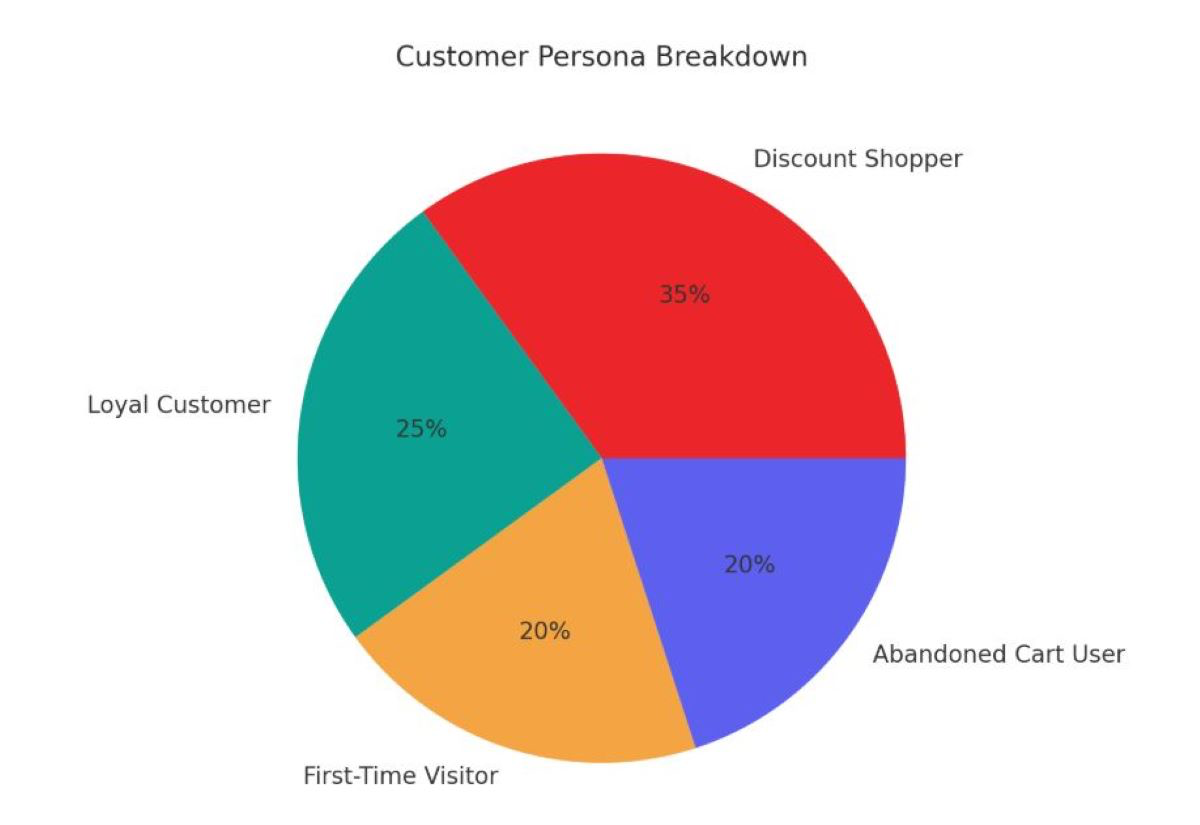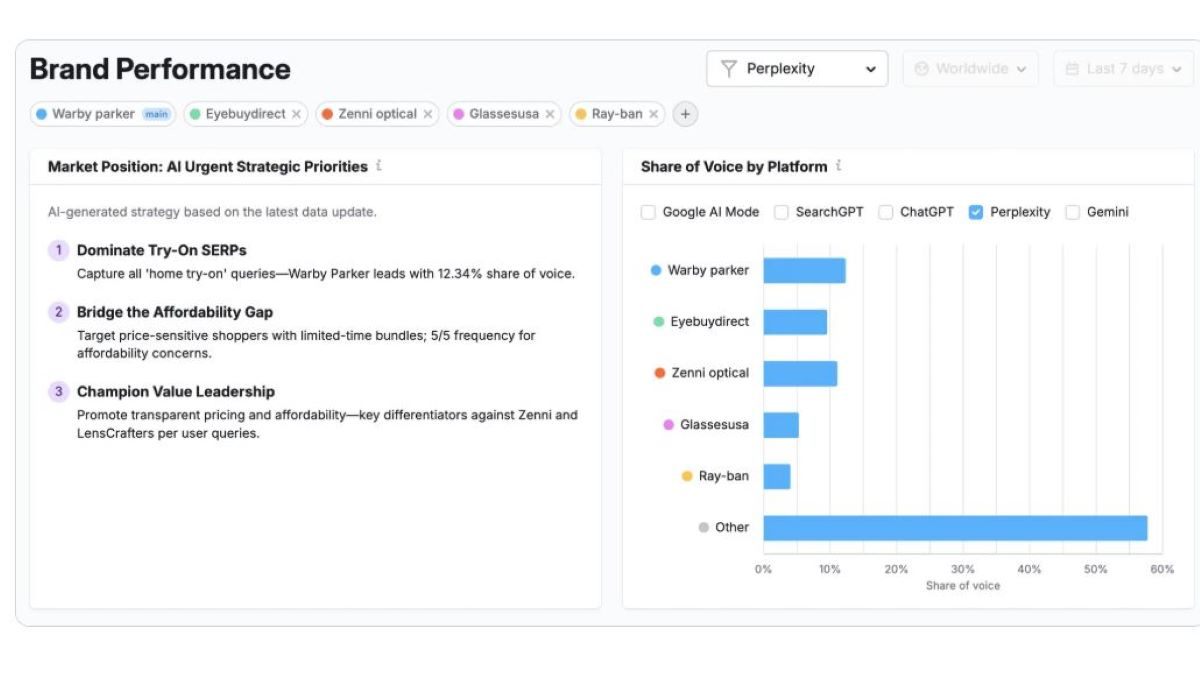In recent years, the ability to find quick answers to direct questions has improved dramatically with the development of AI search engines that can surf the web quickly. Because these search engines can provide direct and detailed answers in a timely manner, more and more people are opting to use these platforms rather than a traditional search engine like Google or Yahoo.
WIth that being said, people are not just using these search engines to find out who won the ball game or what the weather is going to be like tomorrow. They are using AI search engines to find products online. That is why Ecommerce store owners should optimize content in a way that is aligned with best practices for AI search engine optimization. Because the focus for online visibility has shifted from keyword usage to providing relevance and structure, it is important to implement best practices into your online brand.
Some of the items that this guide will address include:
- Why You Should Add Structure Schema Markup To Your Content
- What Is A Product Feed And Why Are They Important For Ecommerce?
- How To Monitor LLM Crawlers And Why It is Important
- Why Are Prompts and Personas Important For Ecommerce Marketing?
- Why You Should Use LLM Seeding To Market Your Brand Across The Internet
- Why Should You Track Your AI Search Visibility?
Why You Should Add Structured Schema Markup To Your Content
Before we explain why schema markup is important for Ecommerce, we first need to define it.
“Schema.org (often called schema) is a semantic vocabulary of tags (or microdata) that you can add to your HTML to improve the way search engines read and represent your page in SERP’s.”
Now that schema has been defined, let’s take some time to focus on why the use of schema markup can boost your Ecommerce success.
When businesses provide information such as: titles, descriptions, and images on their web pages, AI search engines can better understand the context of their content. When the search engine has a better understanding of your content, it can lead to improved visibility in search engine results pages. In addition, schema markup can lead to increased appearances in rich search results.
These results are more visually appealing and informative, which increases click through rate and improves website traffic. While structured data can be used to mark up many different items, some of the most common ones include things such as:
- Creative Work
- Events
- Organizations
- People
- Places
- Products
- Organizational Schema Markup

While it is uncertain whether certain search engines are using schema markup, some search engines where schema vocabulary is maintained include:
- Bing
- Yahoo
- Yandex
What Is A Product Feed And Why Are They Important For Ecommerce?
Let’s introduce the topic by providing a clear definition of a product feed.
“A product feed is a structured file that organizes product data for seamless use across ecommerce platforms and in dynamic product ad and shopping campaigns.”
While a product feed may have the appearance of a typical spreadsheet, it serves a purpose much greater than simply holding data and statistics. It is important for ecommerce because it contains a structured file that allows products to be seen on platforms such as:
- Google Shopping
- Meat catalog ads
- TikTok
- Amazon
Having a structured product feed could be the difference between struggling to stay afloat and experiencing growth in a new era of AI shopping.
In short, a product feed is made up of rows and columns that depict information about your product catalog. The rows represent products, while the columns represent attributes such as:
- Title
- Description
- Price
- Images
- Availability
- SKU/ID
While product feeds are very useful, it is important to make sure that they are updated regularly to avoid problems such as broken links or confusing titles that could lead to lower conversion rates and hinder the chances of AI visibility.
How To Monitor LLM Crawlers And Why It Is Important
The primary purpose of LLM monitoring is to ensure that LLM tools are operating the way that they should, while keeping the system secure, cost-effective, and ethical.
LLM monitoring involves “continuously analyzing and understanding the performance and behavior of the LLM application and its technology stack.”
When using an LLM application, it is important to understand that these applications can be attacked, causing them to malfunction. Unwanted behaviors such as hallucinations and overconsumption of resources can be the result of these attacks. When the system becomes compromised, this can lead to security risks for users if they act on faulty information that is provided to them.
Now that you know why LLM monitoring is important, you might be wondering how it can be done.
When monitoring your LLM performance, you can use resource and performance metrics such as:
- Compute per Token of API Call
- Latency
- Throughput
- Error Rate
Some LLM evaluation metrics and scorers include:
- Perplaxity
- Accuracy
- Factuality
- Internal Metrics
- External Benchmarks
- Bilingual Evaluation Understudy Score
- Recall-Oriented Understudy For Gisting EValuation
- BERTScore
- G-Eval
- Bias And Fairness Metrics
- SelfCheckGPT
- Question Answering As Evaluation
Subjective metrics that are used for monitoring LLM behavior and hallucinations can be less straightforward. Monitoring user-experience metrics gain insight into metrics such as:
- How users respond to LLM output
- How long interactions last
- How often users asks the same question
- Overall language and tone
While computers may be good at processing large amounts of information, they are not good at understanding the intent of human language. That is why it is advisable to have a human evaluate the performance of your LLM model, as it pertains to the user experience.
Why Are Prompts And Personas Important For Ecommerce Marketing?
Learning how to create AI customer personas for ecommerce can benefit your online brand. Obtaining success in the area of ecommerce is dependent on many things. One of the most important keys to success is understanding what motivates your customers to make purchases online. For example, It would not be wise to assume that people who are interested in camping are going to buy your lawn chairs or outdoor tents. One of the best ways to better understand your customers is to use AI-generated personas that utilize precise data.
When you feed prompts into AI tools like ChatGPT and Meta Ads Manager, you can create a detailed customer persona that can improve the quality of your marketing strategy and customer experience.
It is also important to note that not all customer personas are the same. Some are specifically designed for regular businesses, while others are tailored for ecommerce.
Regular Business depend on factors such as:
- CRM Data
- Customer Surveys
- Sales Interactions
- Long-Term Relationships
- Slower Decision-Making Process With Multiple Touchpoints
On the other hand, ecommerce customer personas are based on real-time behavior data aspects like:
- Purchasing History
- Browsing Habits
- Abandoned Carts
Now that some of the key differences between regular business and ecommerce customer personas have been identified, let’s talk about why customer personas are an important part of ecommerce marketing.
Because the ecommerce business is fast moving, it is important to make sure that you have a system in place to keep up with changes in the interests of your target audience. Failure to stay in touch with your customers can lead to reduced interest in your product.

That is why AI generated personas are helpful. They have the ability to use data-driven techniques in a much more time-efficient manner when compared with creating traditional customer profiles. They are not built on assumptions like traditional personas, but rather, they are built to keep pace with changes in customer interests.
This helps your ecommerce business stay relevant to the needs of your customers and reduce the amount of time spent trying to guess about what your customers want.
Why You Should Use LLM Seeding To Market Your Brand Across The Internet
The use of LLM seeding plays a crucial role in online marketing. In today’s society, many people are busy and want the answer to their questions more quickly. Traditional SEO only focuses on keywords that appear in a search, while AI search engines seek to provide a direct answer.
Getting your content noticed on multiple platforms across the internet is an important part of enhancing exposure to your brand. If you want to get your brand cited by AI, you first need to know where AI tools are more likely to crawl. Some common places for where AI crawlers are more likely to browse include:
- Q&A Platforms
- Technical Blogs
- Review Websites
- Help Documents
- Authoritative Media
- Industry Publications
In addition, it is also important to structure your content in a way that makes it more accessible for AI tools. Some recommended formats include:
- Using clear H2/H3 headings to provide direct answer to direct questions
- Use short paragraphs that do not exceed three lines.
- Implement structure by using bullet points, number lists, and comparison tables
- Implement FAQ’s and definition blocks in places where it is appropriate
Because AI seeks to find answers quickly, providing a format that AI tools can quickly retrieve, will increase the odds that these search engines will cite your online content.
Why Should You Track Your AI Search Visibility?
Tracking the AI visibility of your online brand is important because it helps you know whether or not your content is reaching a wider audience. While AI search visibility may not appear in your web traffic results, it helps you know whether your content is visible to customers that more frequently use AI search engines to shop for specific items online.

If your AI visibility results indicate that your brand is not getting the attention of AI crawlers, it is likely an indication that you need to adjust the structure, relevance, or format of your content.
Woodside Ventures Can Help Your Business Navigate AI
Do you feel confused or stressed about trying to keep your online brand relevant? Is the increasing influence of AI on online visibility keeping you awake at night? Don’t worry! Woodside Ventures is here to help you navigate this time of uncertainty.
If you have questions about how to position your ecommerce business for success in this changing technological landscape, please feel free to contact the Woodside Ventures team for assistance. We can also give you advice about how to find the right SEO keywords and provide data-driven insights that will optimize your Smart Shopping experience.



